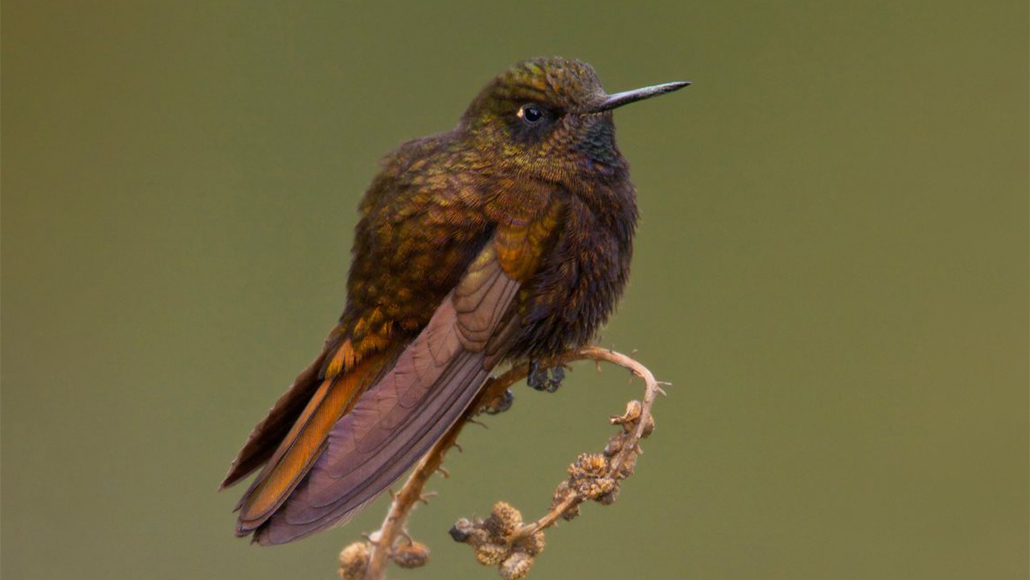This hummingbird survives cold nights by nearly freezing itself solid
The black metaltail goes into a state of suspended animation, becoming ‘cold as a rock’

A black metaltail hummingbird (Metallura phoebe) perches on a branch in the Peruvian Andes. To survive cold nights, this bird cools down to 3° Celsius, putting itself in a state of suspended animation. It’s the coldest body temperature ever recorded for a bird or non-hibernating mammal.
Glenn Bartley/All Canada Photos/Alamy Stock Photo






